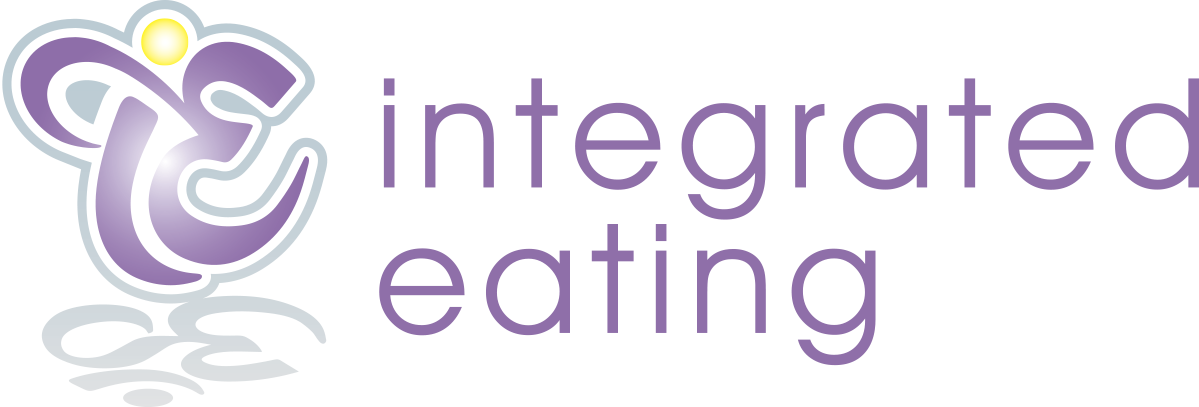Gender. A hot topic these days. Society overall is working towards more understanding and flexibility when it comes to gender roles and identities. How does this play out in the eating disorder (ED) community? Many are familiar with the stereotype that eating disorders occur mainly in women. However, according to NEDA (The National Eating Disorder Association), one in three people that have an ED are identified males. In the U.S. 10 million males will be affected by an eating disorder at some point in their lives. Those with ARFID diagnosis are more likely to be males and almost half of those who suffer with BED are men. Due to the general stigma of mental health and the misconception that EDs affect primarily females, there is a lack of treatment and diagnosis amongst males.
HBO fans gather round - a recent episode of Real Sports with Bryant Gumbel gently broached how EDs can affect even the most unsuspecting males (Martin, Morris 2019). The show highlights 24-year-old Logan Davis; an Ohio State Buckeye’s hockey player. Playing hockey since the age of 5, he was able to reach his dream of playing hockey at a Big Ten school. The drive of athleticism pushed him to hockey stardom, but also encouraged an eating disorder. Over the years, in hopes of becoming “all lean muscle” and a top player, he ended up losing 30 lbs and restricting to just 500 calories per day.
One of the limitations in treatment is that many assessment tools focus on female characteristics like menstruation Dr. Jason Nagata points out (Rapaport, 2019). As a result the first line responders such as pediatricians and/or parents might miss more subtle behaviors or symptoms amongst males. Eating “low carb” might be perceived as normal for a highschool male athlete whereas for a female a more concerning fad diet. There is also a lack of research on males with eating disorders. When we do have adequate data on males with eating disorders, there are little to no programs that treat or accommodate for males who are diagnosed.
What now? Here are some identifiers or behaviors to notice in those important males in your life:
Eating too much protein or restricting food groups (fats, carbs, etc)
Excessive control and role in food prep and intake
Use of steroids, and/or supplements in an effort to change body mass or appearance
Severe weight fluctuations
Excessive exercise
Food compulsions or obsessions
Obsession with weight, weight loss, weight gain or body image
Food aversions
If I male is identified with disordered eating symptoms, encourage them to seek treatment.
References:
https://www.nationaleatingdisorders.org/learn/general-information/research-on-males

